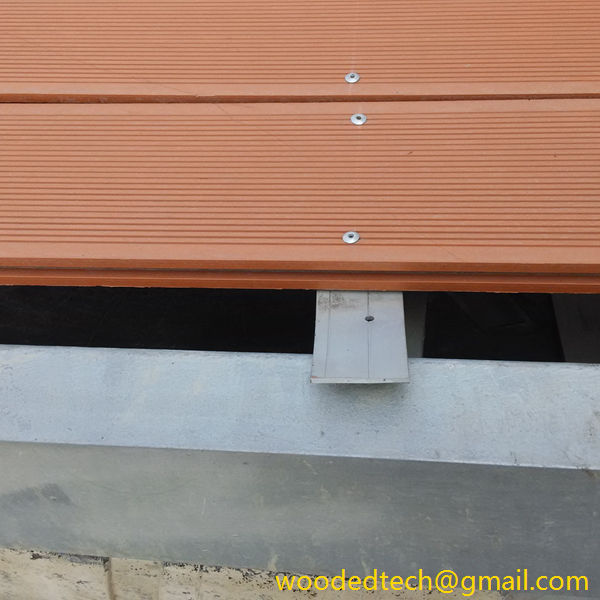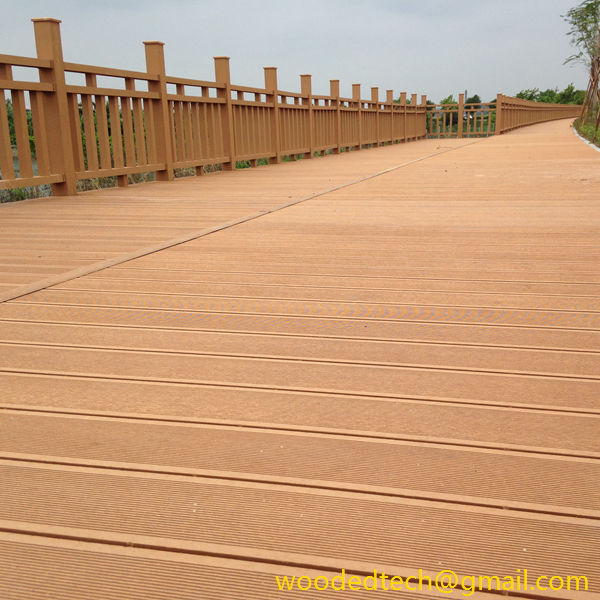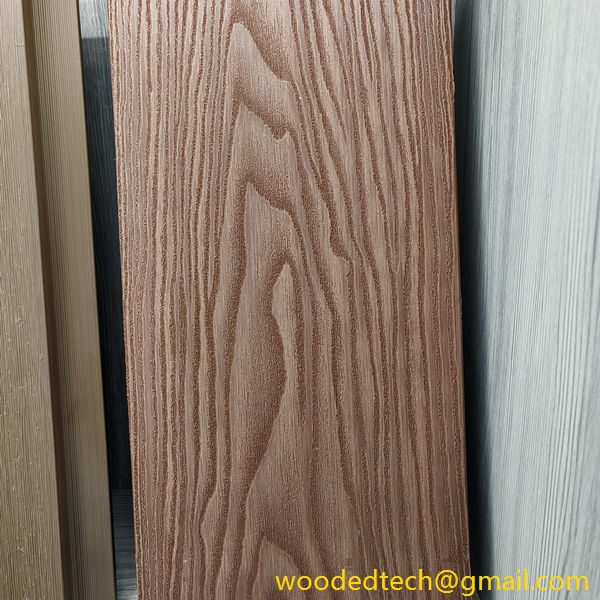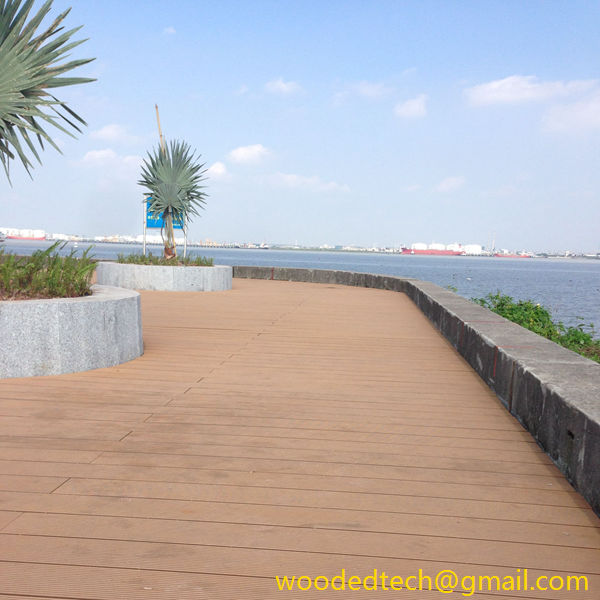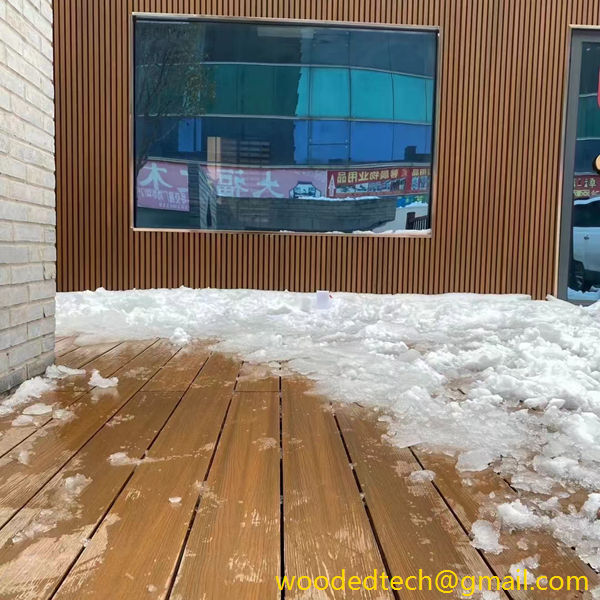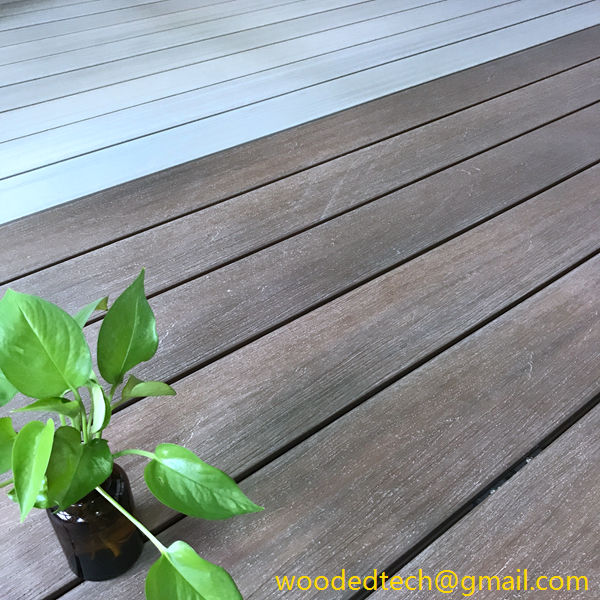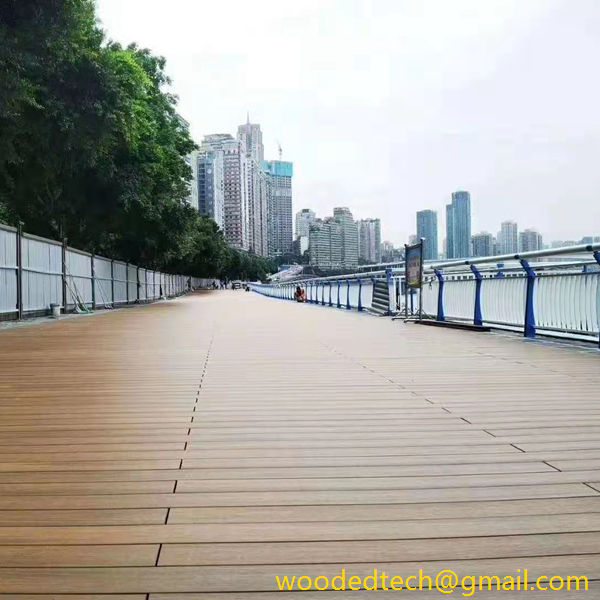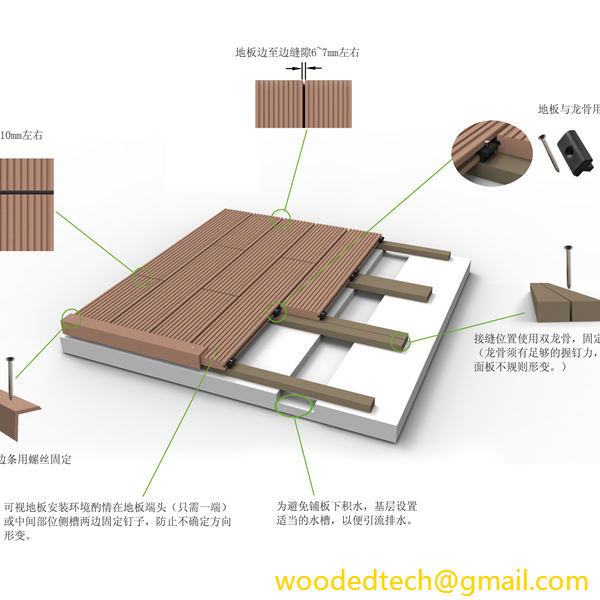How Much Does Composite Decking Cost: Understanding the Pricing of Composite Decking
How Much Does Composite Decking Cost: Understanding the Pricing of Composite Decking Composite decking has gained immense popularity among homeowners seeking an alternative to traditional wood decking. This popularity is largely due to its durability, low maintenance requirements, and aesthetic appeal. However, one of the most common questions potential buyers have is about the cost…
How Much Does Composite Decking Cost: Understanding the Pricing of Composite Decking
Composite decking has gained immense popularity among homeowners seeking an alternative to traditional wood decking. This popularity is largely due to its durability, low maintenance requirements, and aesthetic appeal. However, one of the most common questions potential buyers have is about the cost of composite decking. Understanding the pricing of composite decking involves a range of factors, including material composition, brand, design, and installation costs.
To begin with, it is essential to understand what composite decking is made of. Composite decking is typically a mixture of wood fibers and plastic, which gives it the look of natural wood while providing increased durability and resistance to the elements. This combination makes composite decking resistant to rot, splintering, and insect damage, which are common issues with traditional wood decks. The specific composition of the composite material can significantly influence the price. Higher-quality composites, which often contain a higher percentage of wood fibers and advanced additives, tend to cost more but offer better performance and longevity.
The brand of composite decking can also affect the price. Numerous manufacturers produce composite decking, and each brand has its unique formulations and features. Some well-known brands may charge a premium for their products due to their reputation for quality and performance. Additionally, some brands offer a wider range of colors, textures, and designs, which can also impact the price. Homeowners should consider their budget and preferences when choosing a brand, as the cost can vary significantly between them.
Another critical factor influencing the cost of composite decking is the design and appearance. Composite decking is available in various styles, including traditional wood grain finishes, modern minimalist designs, and even customizable colors. More intricate designs or textured finishes that mimic the look of natural wood can come at a higher price point. Homeowners looking for a specific aesthetic may find that choosing a more specialized design can increase their overall costs.
In addition to the material and design costs, installation is another significant factor contributing to the overall price of composite decking. While some homeowners may choose to install the decking themselves to save money, others may opt for professional installation. Hiring a contractor can add a substantial amount to the total cost, but it can also ensure that the job is done correctly and efficiently. Professional installation typically includes labor costs, as well as any additional materials required for the installation process, such as framing and fasteners.
The size of the deck itself plays a crucial role in determining the total cost. Larger decks will naturally require more materials, leading to higher costs. When budgeting for composite decking, homeowners should measure their desired deck size and calculate the amount of material needed. Additionally, it’s essential to factor in any additional features, such as railings, steps, or built-in seating, which can also impact the overall cost.
Homeowners should also consider the long-term value of composite decking when evaluating its cost. Although the upfront investment may be higher than traditional wood decking, composite decking often requires less maintenance and has a longer lifespan. Traditional wood decks typically require regular staining, sealing, and repairs, which can add up over time. In contrast, composite decking generally only requires occasional cleaning. This low maintenance requirement can lead to significant savings over the years, making composite decking a more cost-effective option in the long run.
Furthermore, climate can affect the pricing and performance of composite decking. In regions with extreme weather conditions, such as heavy rainfall or intense sunlight, it’s essential to choose a high-quality composite that can withstand these elements. Investing in a durable composite material may incur higher initial costs but can prevent the need for repairs or replacements due to weather-related damage.
Another consideration when evaluating the cost of composite decking is the potential return on investment. Composite decking can enhance the overall value of a home, making it more appealing to potential buyers. If homeowners plan to sell their property in the future, investing in composite decking can yield a significant return, as many buyers are attracted to low-maintenance outdoor spaces.
In conclusion, the cost of composite decking is influenced by various factors, including material composition, brand, design options, installation costs, and the size of the deck. While the initial investment may be higher than traditional wood decking, the long-term benefits, including reduced maintenance and increased durability, make composite decking a worthwhile consideration for many homeowners. By understanding the pricing structure and evaluating personal preferences and requirements, homeowners can make informed decisions that align with their budgets and aesthetic desires. Ultimately, composite decking offers a versatile and attractive solution for outdoor spaces, providing both immediate enjoyment and long-term value.

